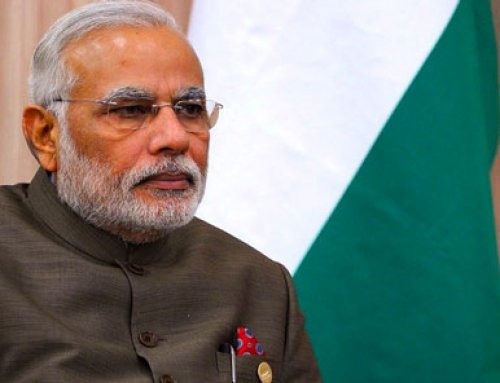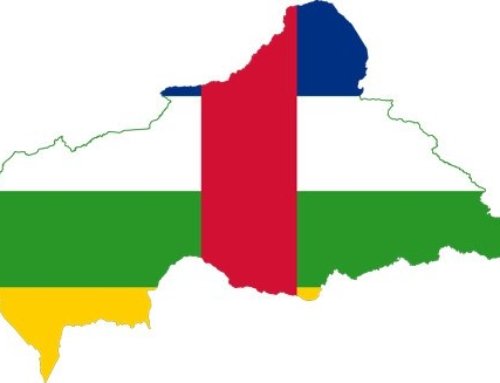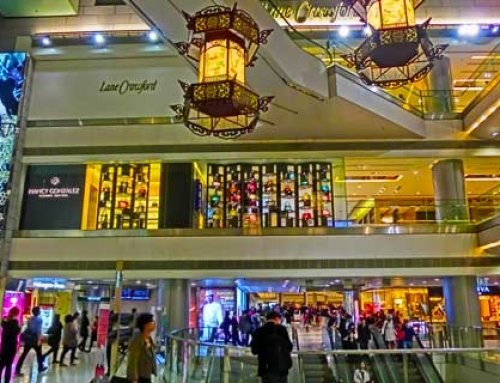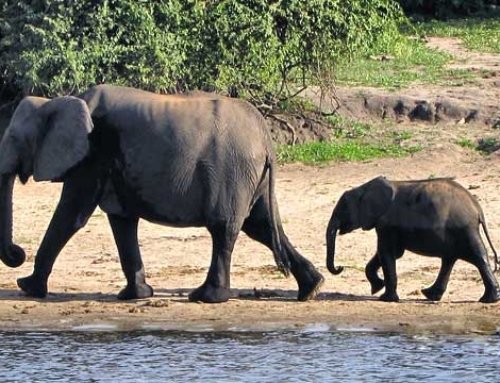With blockchain technology the diamond industry wants to dispel doubts about the origin of the stones. But that is not enough for human rights organisations.
At least that is what an article published a few days ago in the Zurich based Tages-Anzeiger tells us. The Tages-Anzeiger is the first Swiss newspaper with no political affiliation. Although politically and economically independent, the newspaper’s political stance is generally characterized as center-left.
Why am I sharing this critical article here? Not because I agree with it’s content. But because I believe that, as an industry, we should be very much aware of how we are perceived by critical opponents. This with the aim to allow us to bring our affairs in order even more than is already the case and create a sense of true security for the end consumer. Millennials and the next generation of consumers – Gen Z – even more so, demand trust and an ethic behavior.
This is the article
Diamonds actually have the best story you can imagine: It’s about a very special glow from the depths of the earth, about the immortality of the moments for which they are bestowed. But this story also contains some dark chapters, as the word “blood diamond” shows. So how can the buyer be sure that the right story is being gifted?
“Today, customers increasingly want clarity,” says Oliver Dünkel, who runs the business in Germany for Facet Barcelona, one of the largest European jewelry manufacturers. “They want to know: Where do my meat, my vegetables, my diamonds come from?”
Every story counts
The company’s answer to the question of how “sustainable luxury” can succeed is to tell the story of every single diamond. The Diamond Byway digital platform breaks down where the stone you want to buy comes from, through which hands it has passed. A kind of resume of the diamond. Only, the paper on which resumes are printed is known to be patient.
Behind Diamond Byway lies “ultimate blockchain technology“. With its help, databases can be programmed so that the values entered into them cannot be manipulated. And not only Facet Barcelona sees the future of diamond buying in this. Also De Beers, the world’s largest producer and trader of diamonds, is currently developing a blockchain database for its stones.
At Diamond Byway, the history of the stone begins in a mine in Russia or in Africa. Pictures of the rough diamond package and an accompanying certificate are to prove that everything is in order. Afterwards, the stones are usually sent to India, where eleven out of twelve of all diamonds worldwide are processed. A video shows the stone selected from the package from all sides. Finally, everything culminates in a certificate from the Gemological Institute of America, which quantifies the quality of the stone based on various categories.
“False security” is conveyed
So at the beginning and end of the digital journey around the world, which is intended to replace trust with transparency, there are two pieces of paper that you have to trust again. Political scientist Anne Jung sees the problems with the certificate at the beginning. She works for the human rights organisation Medico International and has visited the city of Koidu in Sierra Leone, Africa. There, diamonds are mined by blasting – right in the middle of the city: rocks fly around, hit pedestrians who couldn’t take cover fast enough, smash through roofs, then dust settles on the city and causes breathing problems.
For the rough diamonds that reach the earth’s surface in this way, the mining company can still obtain the certificate that marks the beginning of the Diamond Byway journey. It attests to compliance with the so-called Kimberley Process, which is designed to stop the trade in “blood diamonds“. However, only those stones with which rebels finance wars against governments are excluded. If the governments themselves are the villains or if diamond mining is at the expense of man and nature, the stones can be traded internationally.
The system of certificates gives consumers a “false sense of security about where their diamonds come from,” criticizes the human rights organization Impact, which left the Kimberley Process in 2017 in protest. The organisation Global Witness has also left in 2011, as the Kimberley Process has turned “into a cynical, commercial certification system” behind which the industry hides.
This is a problem for the diamond business, because for some years now the slogan of a fifth C has been circulating in the industry as a quality feature of a diamond. The classic four Cs refer to the stone itself, they stand for Color, Clarity, Cut and Carat. The fifth C should stand for Confidence.
Cs for human rights
The Fair Trade in Gems and Jewelry initiative also advertises with five Cs. However, the last letter of the five Cs does not stand for an abstract value, but for Conflict free (no financing of wars), Child labour free (without child labour) and Corruption free (without corruption). It was created as a union of mining engineers, geologists and gemstone experts who wanted to build a fair and sustainable production chain that bypasses the classic diamond industry.
For Fair Trade in Gems and Jewelry, the geologist Thomas Siepelmeyer will be reporting. Unfortunately, it is currently impossible to broker rough diamonds since a mining cooperative in Lesotho, Africa, has disbanded, he says. “According to our criteria, there is currently no source that can be fully recommended.”
Anna-Mieke Anderson also faced this dilemma. According to her own statements, the US-American is an entrepreneur, philanthropist and mother. When she found out under what conditions her engagement ring was probably dug up, she set out in search of stones that she could wear with a clear conscience – and found none. “I realized the only option would be a man-made diamond.” Her company Mia Donna, founded in 2005, is now a leading supplier of jewelry that uses laboratory-produced stones.
“Real is Rare” vs. lab rocks
For a long time “synthetic diamonds” were milky yellow and were considered unsuitable for jewellery. In the meantime, only experts can see the differences under the microscope. And the image has also changed since Lady Gaga or Penélope Cruz, for example, wore synthetic jewelry on the red carpet. According to Paul Zimnisky, a renowned analyst of the diamond market, in 2016 only one percent of rough diamonds came from a laboratory. In the meantime, he says, it is already two to three percent of the 14 billion dollar market.
The industry defends itself, therefore the Diamond Producers Association has started the campaign “Real is Rare“. The use of blockchain technology must also be seen as part of this strategy. Each stone is given its own personal life story that leads around the world, all the way back to the mine in an exotic country – this conveys authenticity. The story of a “synthetic diamond“, on the other hand, usually leads to the industrial park of a North American city and ends in a laboratory.







